Table of Contents
In the realm of artistic expression, Indigenous** and other striking arts** captivate the senses and resonate with the soul. Through intricate techniques and profound themes, these arts tell stories of cultural heritage, connection to the land, and the resilience of the human spirit. At Kizworld, we delve into the fascinating world of Indigenous arts, uncovering the unique characteristics, contemporary interpretations, and challenges faced by these vibrant expressions of cultural identity.
Lightsabers and Other Striking Arts: A Universe of Energy Weapons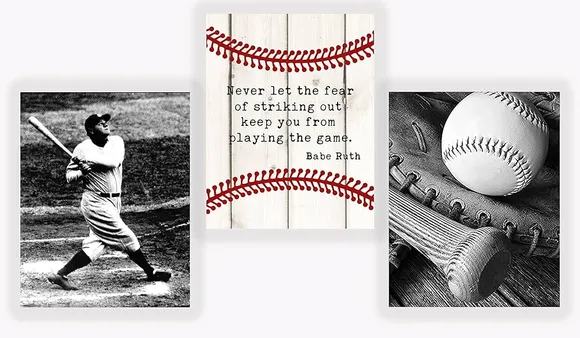
I. Striking Arts: A Journey Through History and Techniques
Striking Arts: A Journey Through History and Techniques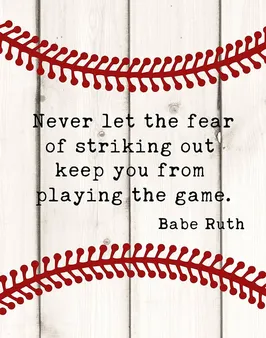
Martial Arts: The Art of Combat and Self-Defense
In the realm of striking arts, martial arts stand out as a testament to the rich cultural heritage encompassing physical prowess and self-defense techniques. This captivating discipline has evolved over centuries, reflecting different cultural influences and philosophies.
- Explore the captivating history of martial arts, tracing its origins to ancient civilizations and its spread across the globe.
- Discover the diverse forms of martial arts, each with its unique techniques, styles, and philosophies, such as Karate, Kung Fu, Muay Thai, and Taekwondo.
- Understand the importance of discipline, respect, and self-control in martial arts training and its impact on personal growth and development.
Boxing: The Sweet Science of Striking
Enter the exhilarating world of boxing, a striking art that demands speed, agility, and precision. Step into the ring with legendary boxers, unraveling the strategies, tactics, and techniques that make this sport a captivating spectacle.
- Learn the fundamental boxing techniques, from footwork and stance to punches and combinations, and explore how these elements come together in a dynamic fight.
- Delve into the rich history of boxing, from its humble beginnings to its rise as a global phenomenon, and meet the iconic figures who shaped the sport.
- Uncover the science behind boxing, including the physiology of punching, the biomechanics of footwork, and the mental strategies that separate champions from contenders.
Kickboxing: A Fusion of Power and Grace
Experience the electrifying fusion of striking arts in kickboxing, where powerful kicks and punches blend seamlessly. This high-energy discipline combines elements of martial arts, boxing, and aerobic exercise, offering a full-body workout.
Training Aspect | Techniques |
Footwork and Movement | Jab, cross, hook, uppercut, front kick, roundhouse kick, side kick, knee strike, elbow strike |
Defense and Evasion | Blocking, dodging, parrying, countering |
Combinations and Strategy | Developing effective combinations, understanding distance and timing, reading your opponent |
- Discover the origins of kickboxing, tracing its roots to ancient martial arts traditions and its evolution into a modern combat sport.
- Explore the different styles of kickboxing, including Muay Thai, American Kickboxing, and K-1, and learn about the unique characteristics and techniques of each.
- Immerse yourself in the world of kickboxing competitions, from local tournaments to world championships, and witness the skill and determination of top fighters.
II. Exploring the World of Striking Arts: From Karate to Muay Thai
Exploring the World of Striking Arts: From Karate to Muay Thai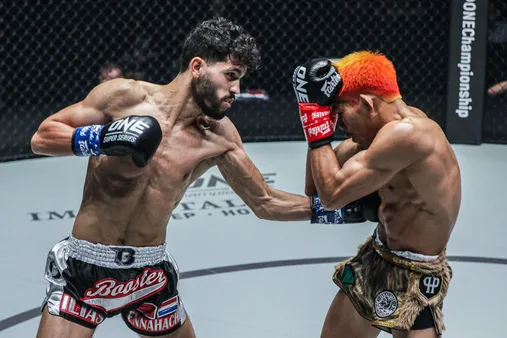
In the realm of martial arts, striking arts stand out as a testament to the power and precision of the human body. These disciplines, which encompass a wide range of techniques and styles, have captivated practitioners and spectators alike for centuries. From the lightning-fast strikes of karate to the devastating power of Muay Thai, striking arts offer a unique blend of physical prowess and mental focus.
Karate, with its origins in Okinawa, Japan, is renowned for its dynamic movements and powerful strikes. Practitioners of karate learn to harness their energy and focus it into devastating blows, often delivered with lightning speed. The art emphasizes discipline, respect, and self-control, making it a popular choice for those seeking both physical and mental development.
Muay Thai, also known as the "Art of Eight Limbs," is a striking art that originated in Thailand. This martial art utilizes punches, kicks, elbows, and knees, making it one of the most comprehensive striking systems in the world. Muay Thai is known for its brutal efficiency and is often used in mixed martial arts competitions. Its practitioners are known for their incredible conditioning and resilience.
Both karate and Muay Thai have gained immense popularity worldwide, inspiring countless individuals to embark on their martial arts journey. These arts offer a challenging and rewarding experience, promoting physical fitness, mental discipline, and self-confidence. Whether you're seeking self-defense skills, improved physical conditioning, or a deeper understanding of martial arts traditions, striking arts provide a path to personal growth and empowerment.
Characteristic | Karate | Muay Thai |
Origin | Okinawa, Japan | Thailand |
Techniques | Punches, kicks, blocks, and throws | Punches, kicks, elbows, knees, and clinching |
Emphasis | Discipline, respect, and self-control | Brutal efficiency and resilience |
Popularity | Worldwide | Worldwide |
As you delve deeper into the world of striking arts, you'll discover a vast array of other disciplines, each with its unique history, techniques, and philosophies. From the graceful movements of Taekwondo to the powerful strikes of Kung Fu, the world of striking arts is a tapestry of cultural heritage and martial prowess.
- Explore the rich history and traditions of martial arts in The History and Evolution of Gymnastics.
- Learn about the different types of martial arts and their unique characteristics in The Difference Between Artistic, Rhythmic, and Acrobatic Gymnastics.
- Discover the benefits of martial arts for physical and mental health in The Benefits of Gymnastics for Kids.
Whether you're a seasoned martial artist or just starting your journey, the world of striking arts offers endless opportunities for growth and self-discovery. Embrace the challenge, push your limits, and experience the transformative power of these ancient disciplines.
III. The Art of Striking: Techniques and Strategies for Effective Self-Defense
The Art of Striking: Techniques and Strategies for Effective Self-Defense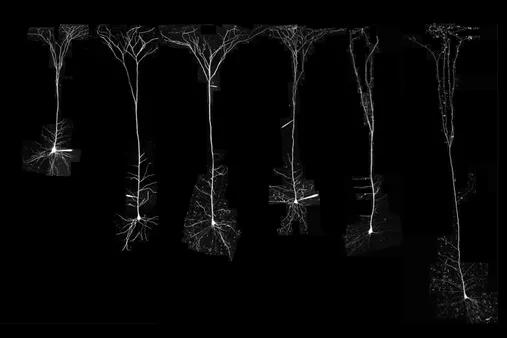
In the captivating realm of martial arts, striking techniques stand out as a testament to the power and precision of the human body. These dynamic movements harness the force of punches, kicks, elbows, and knees to deliver decisive blows in self-defense scenarios or competitive matches. As we delve into the art of striking, we'll uncover the essential techniques, strategies, and philosophies that underpin this exhilarating discipline.
At the heart of striking arts lies the concept of generating power through proper biomechanics. This involves aligning the body and limbs in a way that maximizes force production and minimizes energy loss. Techniques like the jab, cross, hook, and uppercut form the foundation of boxing, while karate strikes such as the Maegeri (front kick) and Seiken (straight punch) emphasize crisp execution and focus. Learn more about punching techniques and kicking techniques in our detailed guides.
Martial Art | Striking Techniques |
Boxing | Jab, Cross, Hook, Uppercut |
Karate | Maegeri (Front Kick), Seiken (Straight Punch) |
Muay Thai | Teep (Push Kick), Elbow Strike, Knee Strike |
Taekwondo | Ap Chagi (Side Kick), Roundhouse Kick, Axe Kick |
Kung Fu | Choy Li Fut (Fist Strike), Wing Chun (Close-Range Punching) |
Beyond individual techniques, the art of striking also emphasizes fluid movement and seamless transitions between attacks. The ability to combine strikes in rapid succession or swiftly switch between stances provides significant advantages in both offense and defense. Footwork plays a crucial role in creating angles, maintaining balance, and evading incoming strikes. Discover more about improving your footwork and the physical and mental benefits of martial arts in our comprehensive guides.
Striking techniques are not just about physical prowess; they also encompass mental and strategic elements. Developing a keen sense of timing and distance is essential for landing strikes effectively and avoiding counterattacks. Additionally, understanding your opponent's strengths and weaknesses allows you to exploit openings and capitalize on their mistakes.
The art of striking is a profound and multifaceted discipline that requires dedication, practice, and a willingness to continuously refine one's skills. Whether your goal is self-defense, fitness, or competitive success, mastering striking techniques can empower you with confidence and provide valuable life lessons.
IV. Striking Arts in Modern Times: Evolution and Adaptation
Striking Arts in Modern Times: Evolution and Adaptation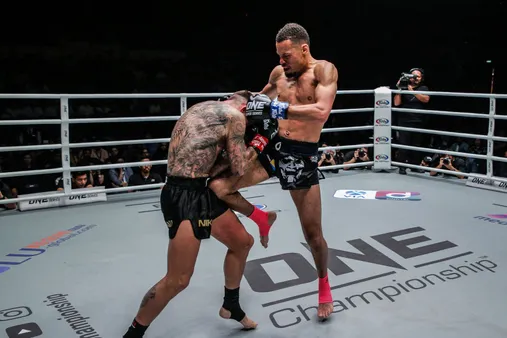
In the realm of striking arts, the 21st century has witnessed a remarkable evolution, driven by technological advancements, cultural exchanges, and a growing appreciation for diverse martial traditions. This dynamic landscape has fostered the adaptation and innovation of striking arts, leading to new training methods, competitive formats, and expressive forms of artistic expression.
One of the most significant developments in modern striking arts is the rise of mixed martial arts (MMA). This hybrid combat sport, which combines techniques from various martial arts disciplines, has gained immense popularity worldwide. MMA has not only revolutionized the way fighters train and compete but has also sparked a renewed interest in traditional striking arts, as practitioners seek to incorporate effective techniques into their MMA arsenals.
Organization | Founded | Headquarters |
Ultimate Fighting Championship (UFC) | 1993 | Las Vegas, Nevada, United States |
Bellator MMA | 2008 | New York City, New York, United States |
ONE Championship | 2011 | Singapore |
Another notable trend in modern striking arts is the increasing emphasis on fitness and overall well-being. Many martial arts schools now offer classes that focus on cardiovascular conditioning, strength training, and flexibility, recognizing the importance of a well-rounded approach to physical fitness. This shift towards a holistic approach to martial arts training has attracted a wider range of individuals, including those seeking a healthy and active lifestyle.
The globalization of striking arts has also played a significant role in their evolution. With the advent of the internet and social media, martial arts techniques and philosophies are now easily accessible to people around the world. This has led to a cross-pollination of ideas and techniques, as practitioners from different cultures share their knowledge and experiences. The result is a richer and more diverse landscape of striking arts, where practitioners can draw inspiration from a wide range of traditions.
- International Taekwondo Federation (ITF)
- World Taekwondo Federation (WTF)
- Kukkiwon
In addition to the aforementioned developments, modern striking arts have also seen a surge in popularity as forms of artistic expression. Martial arts-inspired dance, theater, and film have emerged as powerful mediums for storytelling and cultural exchange. These artistic interpretations of striking arts not only entertain audiences but also shed light on the deeper philosophies and values embedded within these traditions.
The evolution and adaptation of striking arts in modern times have undoubtedly enriched the world of martial arts. The integration of new technologies, the emphasis on fitness and well-being, the globalization of martial arts knowledge, and the emergence of artistic expressions have all contributed to the vibrancy and diversity of this ancient tradition. As striking arts continue to evolve, they will undoubtedly continue to captivate and inspire people around the world.
V. Conclusion
The realm of Indigenous arts is a testament to the enduring spirit of First Nations people, their deep connection to the land, and their resilience in the face of adversity. These arts serve as a window into their unique perspectives, rich histories, and cultural traditions. As we continue to appreciate and promote Indigenous arts, we can foster greater understanding, reconciliation, and a more inclusive society that celebrates the diverse artistic expressions of all cultures.